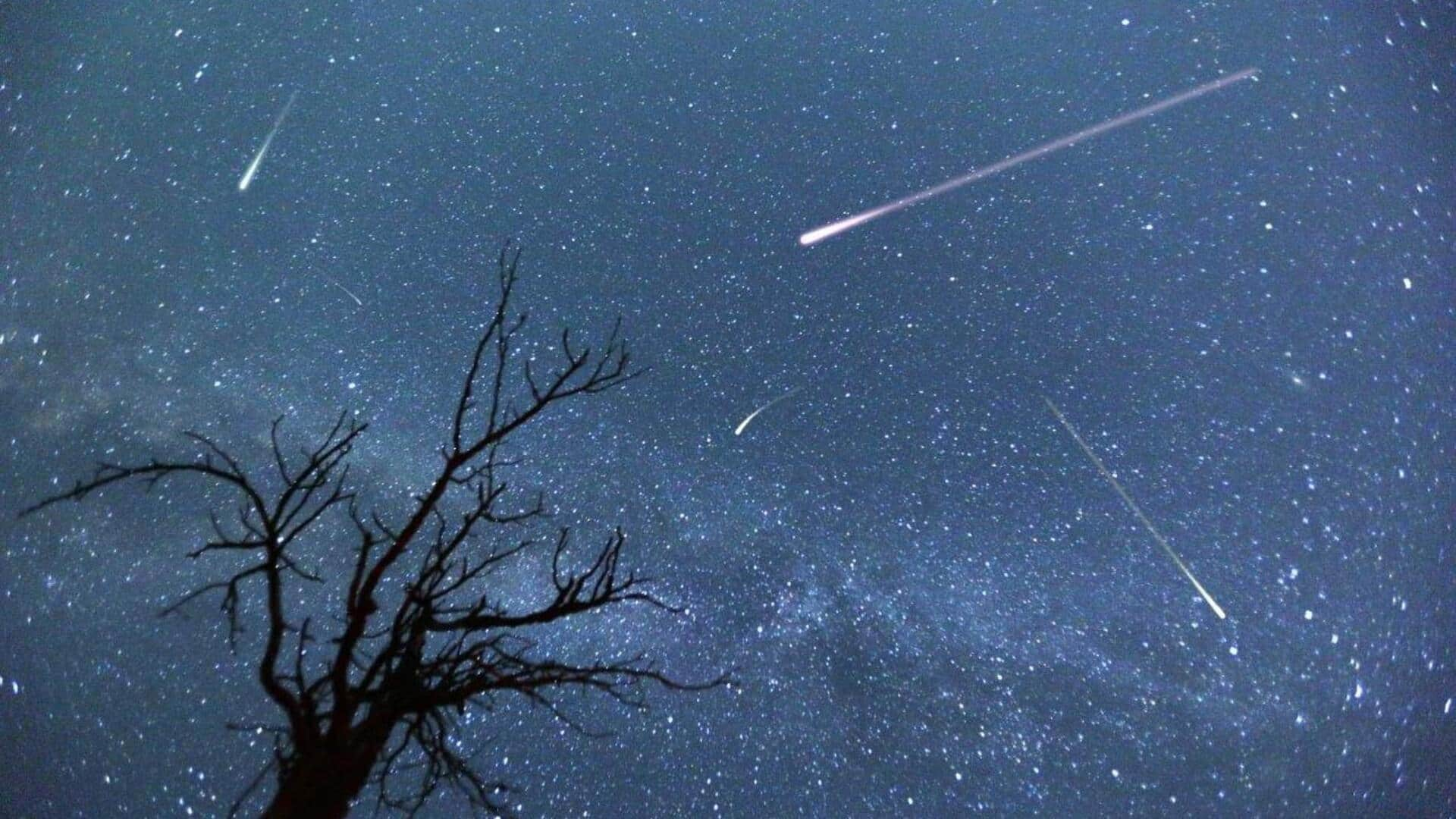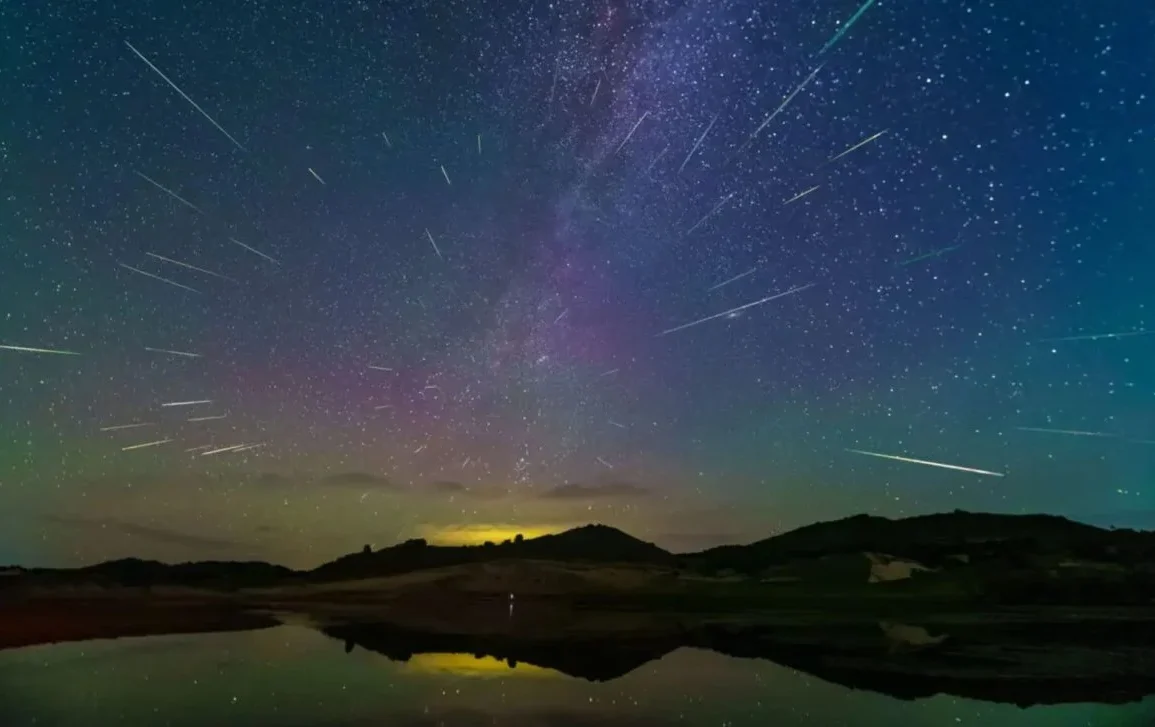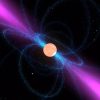October has been a remarkable month for sky watchers, featuring various celestial events such as the appearance of comets, a mini-moon, the Draconid meteor shower, and a recent supermoon. The latest event to anticipate is the Orionid meteor shower, which is expected to peak on Sunday.
During this peak, observers will have the chance to see several meteors streaking across the sky, with some moving at speeds of up to 148,000 mph, making the Orionids one of the fastest meteor showers of the year.
The Orionid meteor shower is an annual event that occurs between October 2 and November 12, and typically, it produces 10 to 20 meteors per hour under optimal viewing conditions—those being a dark, moonless sky.
However, this year’s shower might be slightly affected by the recent Hunter’s moon supermoon, which was visible on Thursday. The bright moonlight could hinder meteor visibility, reducing the number of meteors seen during the peak.

According to NASA, the Orionids are considered one of the most beautiful meteor showers of the year, and they will reach their peak activity on Sunday night into Monday morning. The best time to view the meteors will be in the early morning hours before dawn, starting after midnight.
The shower will be visible across the U.S., weather permitting, but the best views will come from dark areas far away from city lights, where the moonlight will have less impact on the night sky.
To maximize the viewing experience, the American Meteor Society advises stargazers to find an open area and lie back on a chair or blanket. It is recommended to look halfway up the sky to catch the most meteors, but if the horizon is particularly bright, it may be better to gaze directly overhead.
Although the moon’s illumination will be at 81%, reducing the number of visible meteors, a clear sky could still allow for a rewarding view of the shower.
The Orionid meteors originate from Halley’s Comet, which also produces the Eta Aquarid meteor shower in May. Meteor showers are typically named after the constellation from which they appear to radiate, and in this case, the Orionids seem to come from the constellation Orion. Despite the bright moon, the Orionid meteor shower remains a popular and beautiful event for astronomy enthusiasts each October.

